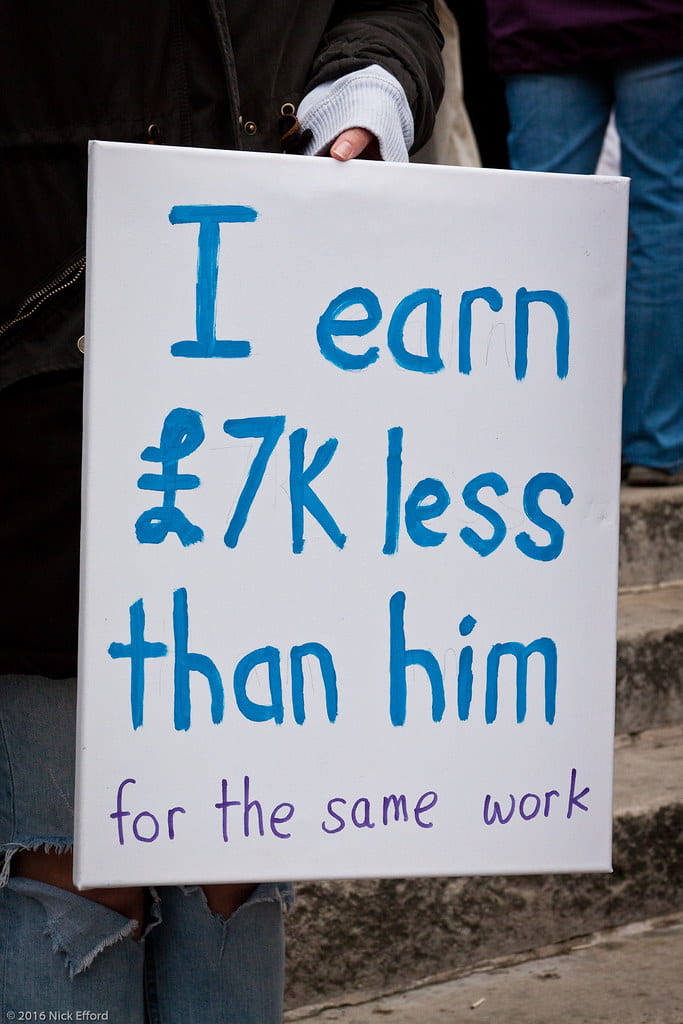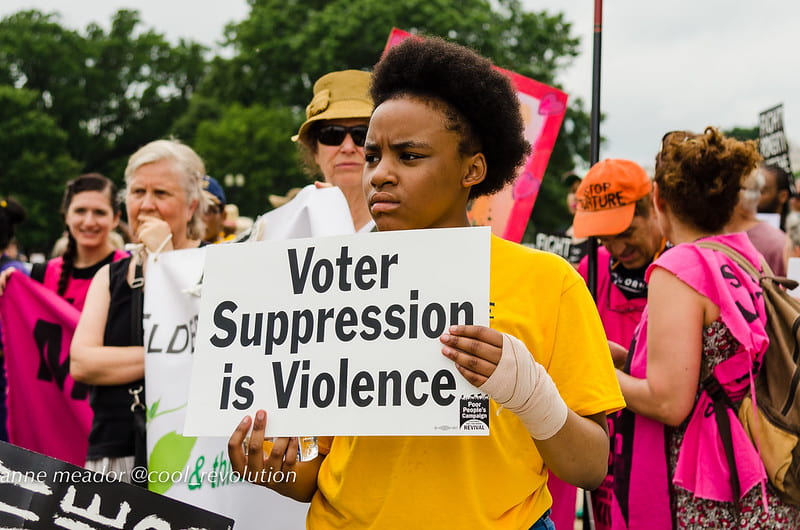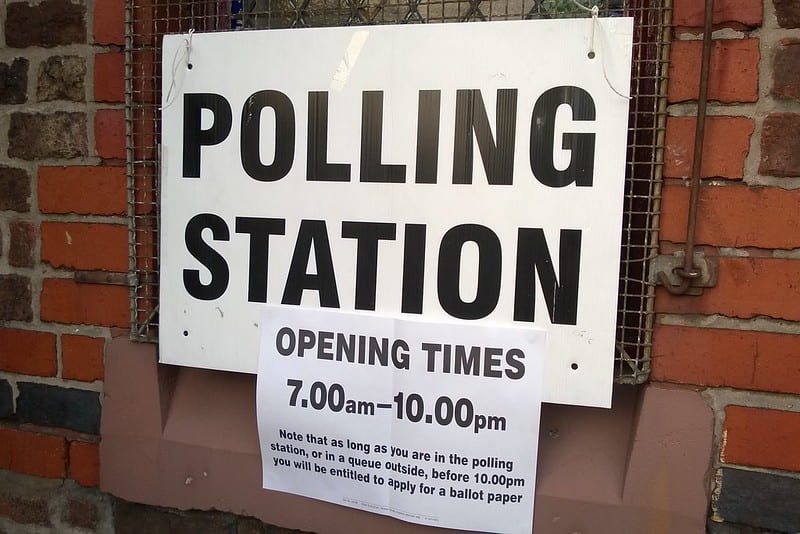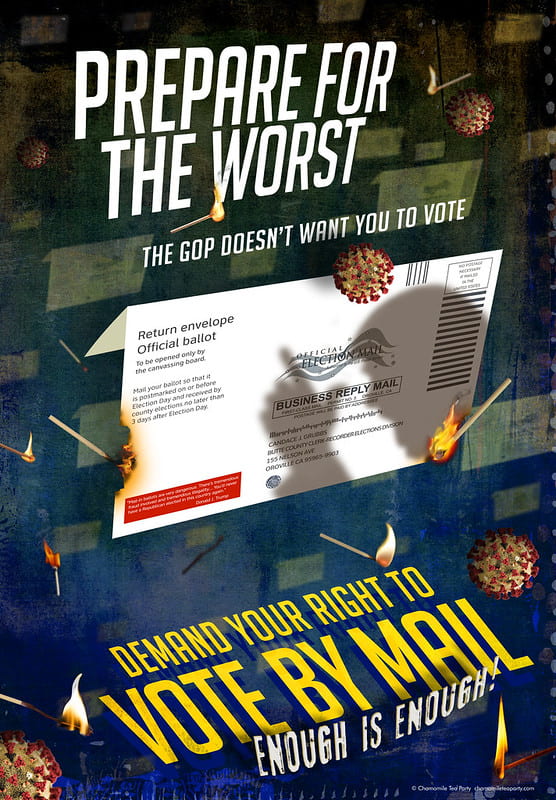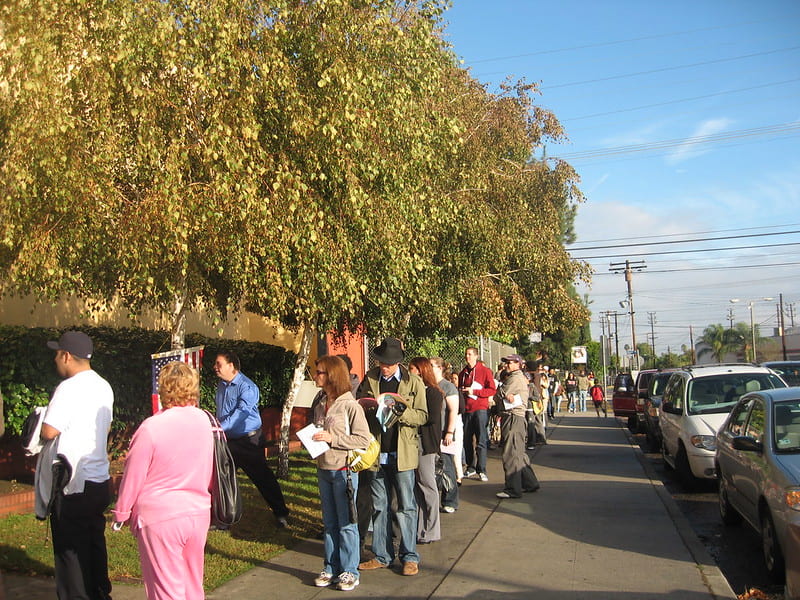by Grace Ndanu
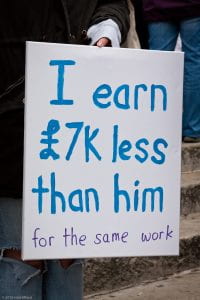
Women graduate from college at higher percentages than men do today, yet women still earn less money and hold fewer executive positions. How can this be? I reviewed a Pew Research Canter Analysis, where the gender gap in pay has narrowed since 1980 but it has remained relatively stable over the past 15 years and it is still going on. In 2017 women earned 82% of what men earned. When considering why gaps in pay persist, several factors are at play, including corporate culture. While corporate culture and societal norms are both key factors that need to be checked again and again, it is equally important to assess how women unwittingly contribute to these stubborn workplace imbalances and what can be done about it. Therefore I went further and tried to think what might be the reason behind the situation, and thankfully I thought of six of them.
My big question is, are women setting themselves up to lose by getting my six thoughts wrongs? My number one thought was: Women don’t own the power to lead and shy away from conflict in the work place. This makes them too afraid to speak up, speak out or otherwise appear disagreeable especially when they outshine their superiors. They also turn down speaking and presentation opportunities, which is usually driven by fear. This makes me sad because I believe it is okay to make a mistake, to fail or to get it wrong. As we all know everyone have their own personalities, everyone deals with conflict in their own way. However while we do lean toward a particular preference, we all need to be well equipped to pull from and apply alternate styles. In this case again woman still suffer from the “need to please” disease and care more about being liked than leading . I suggest that so long you are respectful and tactful, women should and must lean into their power. Now stop giving too much deference to male co-workers. Women should understand they are there to make results and change and not friends because of the management don’t respect you, they will never promote or pay you more.
Women rarely ask for more and often don’t know to negotiate for themselves. We all understand that women are best in negotiating on behalf of someone else than they are at negotiating for themselves. Because of this they will find it hard to negotiate their pay, leaving them with low pay because they often don’t understand their worth and if they do they are never serious about what they know regarding their worth. I suggest that women should try to see what others are making, especially men in the company or in the field.
What disturbs me much is that women often. undervalue their talents and resist the hard skills. I have observed that women are often clueless as to the impact of their leadership and executive contributions and in addition they are not able to translate and connect said contributions and executive decisions to the benefit of the company in terms of all improvements in each sector of the company or the organization. I have a strong feeling that women can do well to start more about caring metrics and money. By learning about strategy, finance, budgets, and analytics and then how to translate data into actionable intelligence that other employees or team members and superiors can use to make informed decisions.
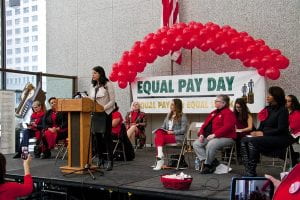
According to the Bureau of Labour Statistics, men work an average of 14 more hours per month than women. This means that women tend to need more flexibility in their schedules and spend fewer hours at work than men. They often times, and for various reasons need to have special accommodations, more flexible work schedule and use more sick time and vacation time than men. I support flexible work schedules for them because of all the responsibilities they have including family but for high performers. The workplaces goals are paramount, meaning that if any schedule is allowed and it starts to impede or hinder services, the flex schedules may need to cease. My advice is before accepting high level demanding positions there is a need to contemplate whether you can commit to and meet the ongoing demands of the job. Remember companies, organizations and even governments don’t hire to make accommodations for our private lives and when they do it’s a privilege.
Number five I will start by saying that we need to redefine what having it all means. Women need to learn how to pace it; understand that they can’t just everything at once. We need to prioritize and align our goals so as to have a healthy personal and professional life, meaning that we need to sacrifice some things to have other things.
The last thought is the women’s fear of risk taking which begins even before they enter the workplace. Again through observation I have made a conclusion that women tend to demonstrate a greater fear of failure than men and need to move beyond this in order to seize opportunities and advance careers. And not just fear at the work place but also at the household level. Smart female leaders can do just about anything we decide to do and we should be clear on our choices and consequences for those choices. Every time I think about this glass ceiling issue and why it has not resolved itself, I can’t help but think my own personal life. The issue starts at home. At one point I was in a family full of domestic violence, and I know all too well the challenges and struggles that came with that. When the woman tried and went out for to get some cash, the partner took it all from her until finally she saw no need to go work and she is not enjoying the work of her hands. She really saw the opportunities but she wasn’t able to participate.

It is true that women are doing a whole bunch of things right and that is why the needle has moved at all over the decades. The glass ceiling has many cracks and a hole in it. When the US election was going on, I was all over the social media trying to find out what was going on. Being a young Kenyan Girl who has never been employed and dreams of being her own boss felt like I was participating in some way. The election was not just about Joe Biden, Kamala Harris and the US citizens but also other nations were part of it, especially women. Kamala has made such a remarkable history as the first woman elected Vice President. I feel so inspired by her because she breaks part of the glass ceiling. We still have a ways to go before the glass breaks completely. Everyone in the society has a role to play, including culture and organizations, and most of all women need to stand out for their worth.
